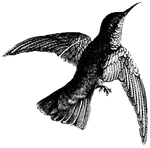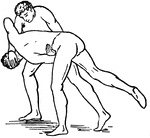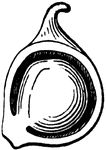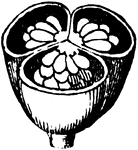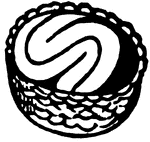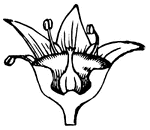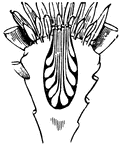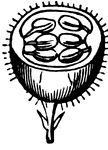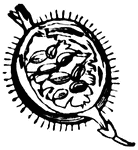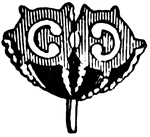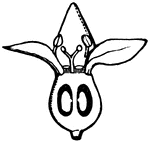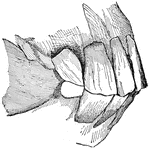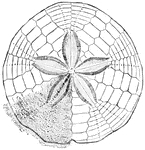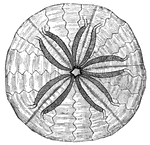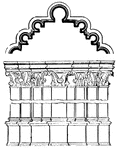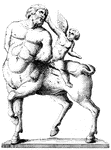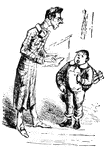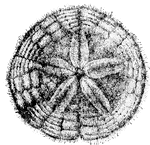
Sand dollar
Sand dollar, the name given to a flattened looking sea urchin, very common on sandy shores.
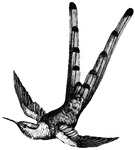
Bar-Tailed Hummingbird
The nest of the hummingbird is a masterpiece. It is about half the size of an apricot.
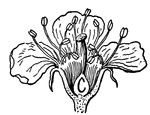
Cherry Blossom Flower
This is the flower of the cherry blossom cut in half to show the ovary, style and stigma.

Epicycloidal Wheel
A wheel or ring fixed to a framework, toothed on its inner side, and having in gear with it another…
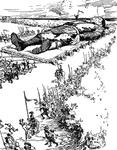
Gulliver's Journey to the Metropolis
A production of 900 men and 1500 horses were brought together to transport Gulliver to the Metropolis,…

The Great Naval Battle on the Mississippi
First day's bombardment, Federal Schooners off Forts Jackson and St. Philip, commanding the passage…
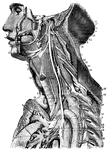
Human Nerve System
Diagram of the upper half of a male human showing the routes of the nervous system.
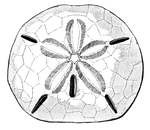
Keyhole-Urchin
A sea-urchin very similiar to the Sand Dollar, but has 5 "keyholes" through its shell.
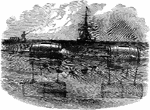
Infernal machine
"Infernal machine designed by the Confederates to destroy the Federal Flotilla in the Potomac discovered…

Westfield
"Fire raft sent down from Fort Jackson to destroy the Federal fleet below the fort- the boats of the…

Attack at Harrisonburg
"Gallant attack by 150 of the Pennsylvania Bucktails, led by Colonel Kane, upon a portion of General…

Engagement at Romney
"Engagement at Romney, VA., twenty miles from New Creek, Tuesday, June 11th, 1861- the Eleventh Indiana…
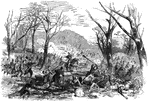
Battle of Mill Spring
"Battle of Mill Spring, on the Cumberland River, near Jamestown, between a confederate force, 8,000…
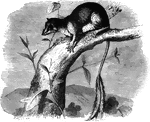
Ptilocerque Lowii
The only species of the Ptilocerque genus. "Has a very long tail, the first half naked, and the rest…
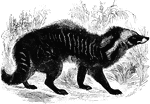
Civet
"Of this genus there are two species. The length of the elongated body of his animal is from two to…
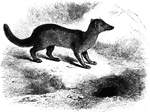
Euplere
"The single species of this genus, E. Goudotti, is of a slender form, about a foot in length,…

Crossing of Shenandoah River
"Colonel Pilson's Battery shelling the rear guard of the Confederate General Jackson's Army, at the…

Police Headquarters
"Interior of the outbuilding attached to Marshal Kane's Police Headquarters, Holliday Street, Baltimore-…

Battle of Cedar Mountain
"Battle of Cedar Mountain, fought Saturday, August 9th, 1862, between the Federal troops commanded by…

New Fernandina
"Federal troops marching through Second Street, New Fernandina, Fla. Our sketch of New Fernandina in…

Bombardment of Fort Henry
"Bombardment of Fort Henry, Tennessee River, Tenn., by the Mississippi Flotilla, Flag Officer Foote,…

Red Snapper
"The Florida or Pensacola red snapper is it is commercially known, because that city is headquarters…
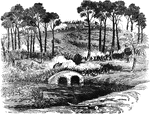
Battle of Antietam
"Battle of Antietam, Md. Burnside's division carrying the bridge over the Antietam Creek and storming…

Fort Thompson
"Bombardment and capture of Fort Thompson, thirteen guns, near New Berne, on the Neuse River, by the…

Confederate Schooner
"Bird's-eye view of the burning of a Confederate schooner in Quantico or Dumfries Creek, Potomac River,…
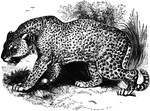
Leopard
"The Leopard, Felis leopardus, is about half the size of the tiger, being two feet high and…
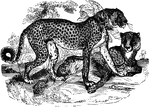
Cheetah
"In size and shape it is between the leopard and the hound. The color is yellowish fawn above, ad nearly…

Battle of Antietam
"Battle of Antietam, Burnside's Division, left wing- brilliant and decisive bayonet charge of Hawkins's…
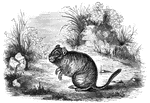
Octodon
"In size and shape, it resembles the water rat. The fur is long and moderately soft; upper parts of…

